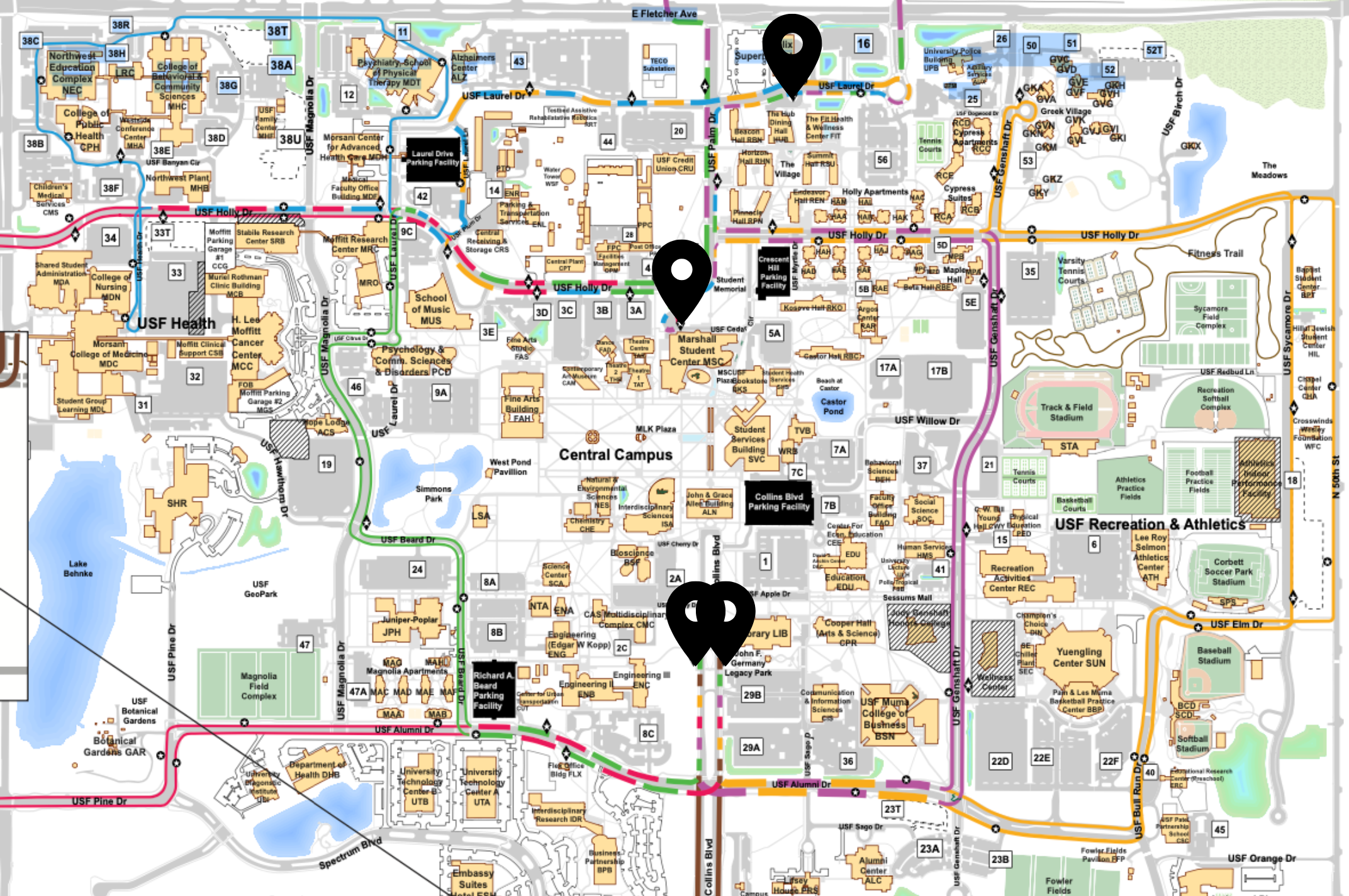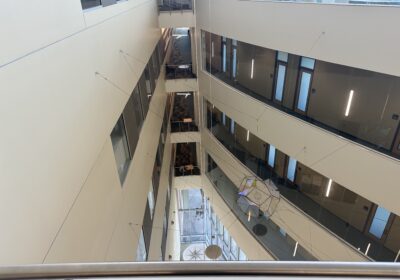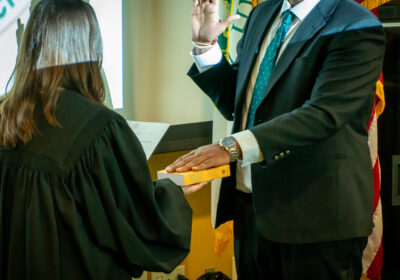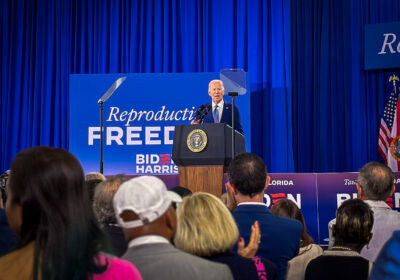New Bull Runner tracking system to provide more accurate travel times

With intentions to improve the university’s public transportation, USF has partnered with transit technology company Passio to upgrade the Bull Runner tracking system with more accurate arrival times.
The university had previously worked with Syncromatics for tracking the Bull Runner’s whereabouts and arrival times, according to Assistant Director of Parking and Transportation Marie Bowen. However, this system resulted in many students stranded in frustration and leaving piles of complaints due to its consistent inaccuracy.
When Syncromatics’ contract with the university ended, bidding for a similar service began, resulting in USF signing with Passio, according to Bowen.
The package includes four interactable interface displays placed around campus which will let students track the location and get arrival predictions for the Bull Runner, Bowen said. Additionally, if there is a need to reroute the buses due to accidents, students will now know instantly and will be alerted in case of a campuswide emergency.
Screens were installed at the four most popular Bull Runner shelters two weeks ago, but as of now they only showcase static images, according to Bowen. The shelters include those at the Marshall Student Center, the Hub, the library and Leroy Collins. Bowen said the program will be fully operational in less than 30 days.

Services that made Passio stand out included an improved tracking system, infotainment monitors as well as Bus Buzz, a feedback program that students can access and use to send suggestions or compliments about a driver, Bowen said.
The new agreement will last five years and includes opportunities for extensions for three additional years, according to Bowen. She said this is enough time for the university and students to get its money’s worth.
“We need to ensure that we’re getting the best value for our dollars and the students’ dollars as well,” Bowen said. “We were at that point now where we needed to go back and rebid the [tracking services].”
The costs of the contract included both capital costs of over $350,000 and annual operating costs worth over $31,000, according to Communication and Marketing Officer Colton Morgan.
All expenses will be funded through the transportation fee students pay annually — which is $3 per credit hour for Tampa students — as well as the university’s own transportation and parking budget with no additional cost to students, Bowen said.
The installment of the screens at four of the shelters didn’t require extensive construction, Bowen said. In fact, the necessary infrastructure for the monitors was already in place and simply needed minor changes such as adding outlets at the locations.
Students will still be able to see the Bull Runner’s location on their own through its website or the text arrival prediction option, according to Bowen. Although the tracking may be more accurate, she said it’s important students remain patient with the ordinary inconveniences that come with public transportation and driving on the road.
“We still want to encourage people that we still need to be mindful and [that the Bull Runner is] public transportation,” Bowen said. “Like when you’re driving on the road, you might be planning your route and expect to get there in 20 minutes, and then you encounter traffic, and those things do throw you off.”






